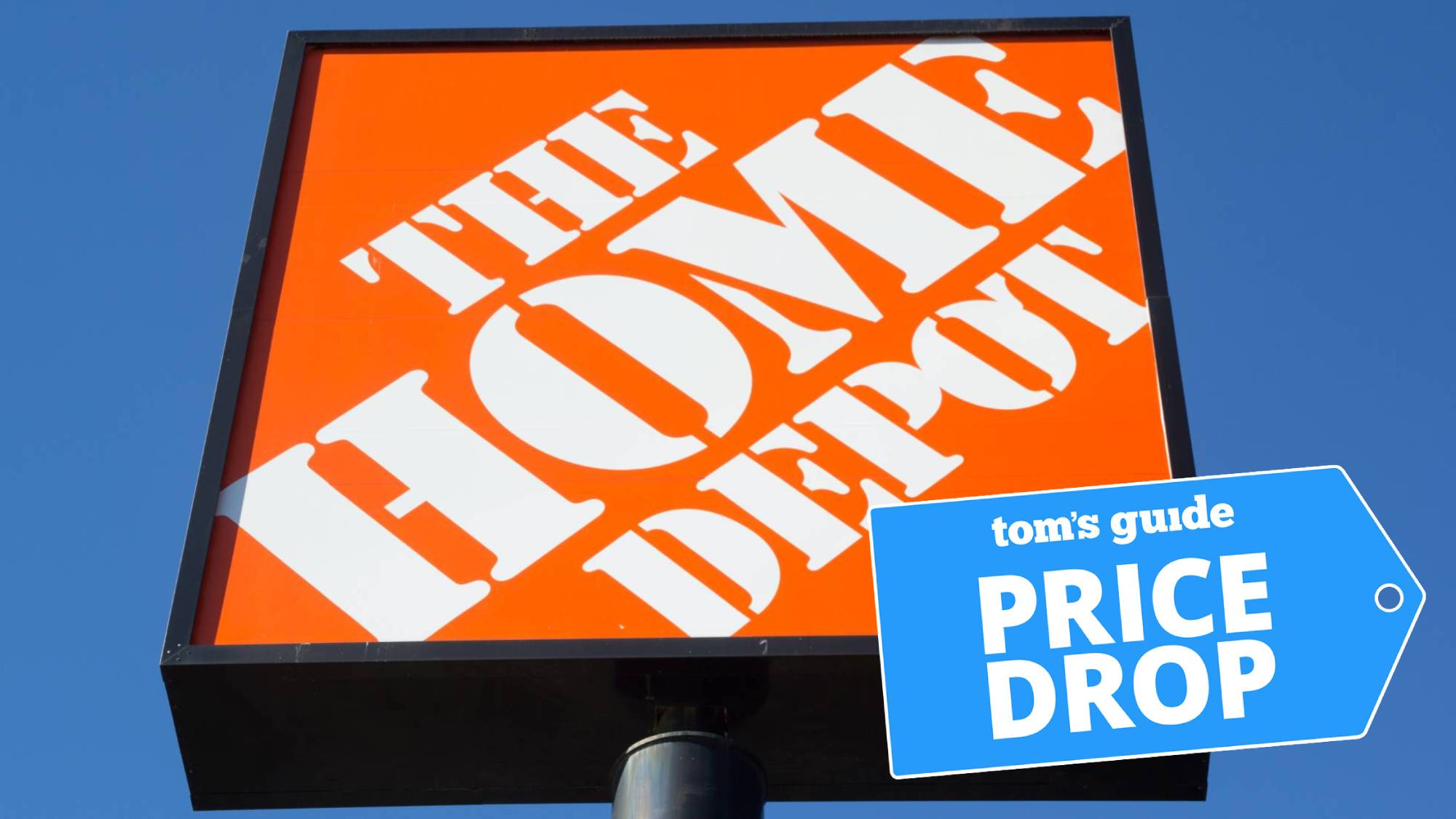Nubia Z9 In-Depth Preview: Edge of Glory
The Nubia Z9 from ZTE wows with its beautiful borderless display and cool edge gestures, but it needs a lot of software improvements.
Think Samsung is the only phone maker with an edgy flagship? Think again. A lesser-known player is stepping up to the plate with a phone that features a bezel-less display and cool edge gestures to control settings or launch apps. I got the chance to preview Nubia Z9, made by ZTE, before its Q3 2015 arrival in the United States (starting at about $564). It has potential, but the software needs work.
Edge Gestures
Here's the Z9's most eye-catching feature: As you slide your fingers down its edges, the screen slowly dims. Slide up, and the display brightens up again. This is just one of a handful of cool things you can do with the Z9's edges. The first time I saw this in action, I couldn't help but reach out to try it for myself, and I kept showing it off to countless coworkers and friends.
Not only is the feature quite the novelty, it's also very handy (pun intended). No longer did I have to swipe down from top to find the setting for display brightness in the notifications panel -- all I had to do was drag down on the sides. You can also set this feature to control the device playback volume instead of brightness, so that sliding down lowers the volume and vice versa.
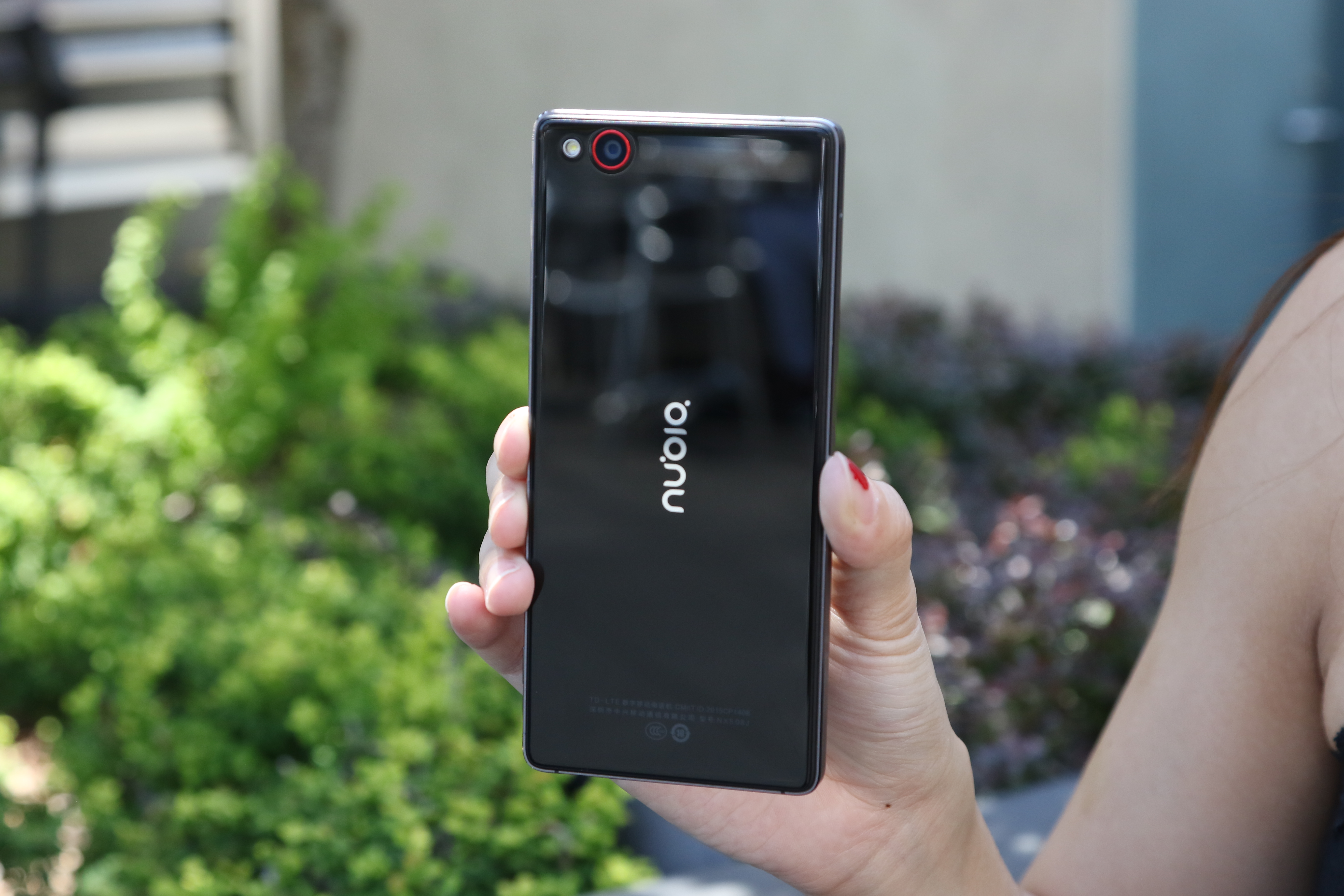
Other cool edge features include swiping up or down on either side to launch an app you specify or sliding up and down repeatedly along either edge to "speed up" your device. The latter function shuts down background processes that are slowing down your phone. I liked being able to open the Phone app by flicking up along the right edge, but this often led to me accidentally launching an app because the screen is somewhat sensitive.
You can also set the Z9 to unlock when you grip the phone. In what ZTE calls a Hold gesture, the Z9 can be configured to recognize your grip and unlock when the same holding pattern is matched.
MORE: Best Smartphones on the Market Now
Design
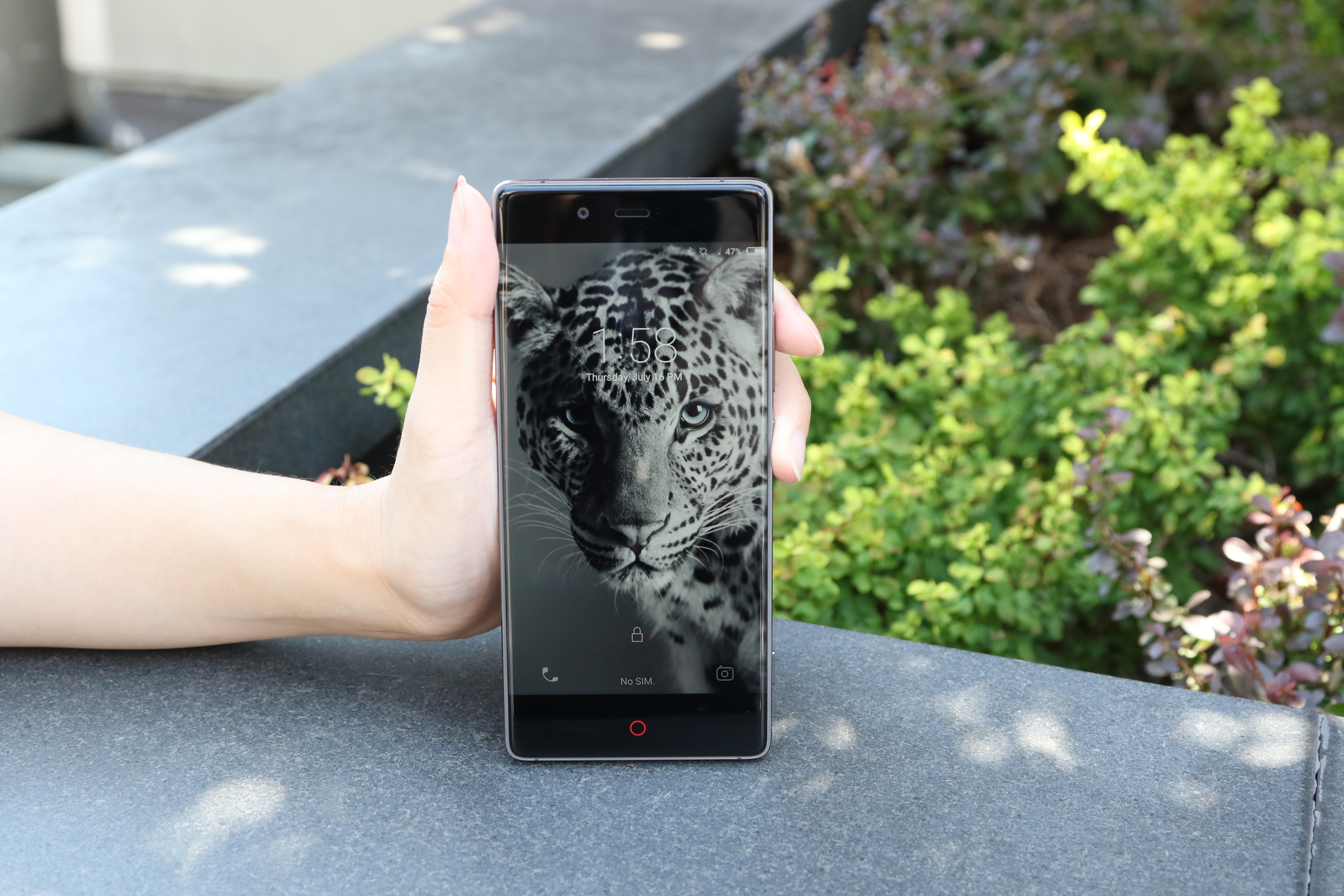
The Z9 is a shiny, beautiful piece of hardware that looks incredibly sexy when the screen is on. Because it has nearly no bezels on its long sides, the 5.2-inch full HD display looks like it's floating. At 6.7 ounces, though, it's noticeably heavier than the 4.6-ounce Galaxy S6 Edge and the iPhone 6 (4.5 ounces). Unfortunately, because of its glass-covered frame, the device attracts fingerprints and smudges, making it look dirty.
Camera
Rivaling the Galaxy S6 with its 16-megapixel rear/ 8-MP front camera setup, the Nubia Z9 is quite the capable shooter. My shots of graffiti on New York City walls were vibrant and clear.

Pictures of my hungry colleague looking longingly into his lunch bag showed off his purple shirt and individual hairs in his beard.
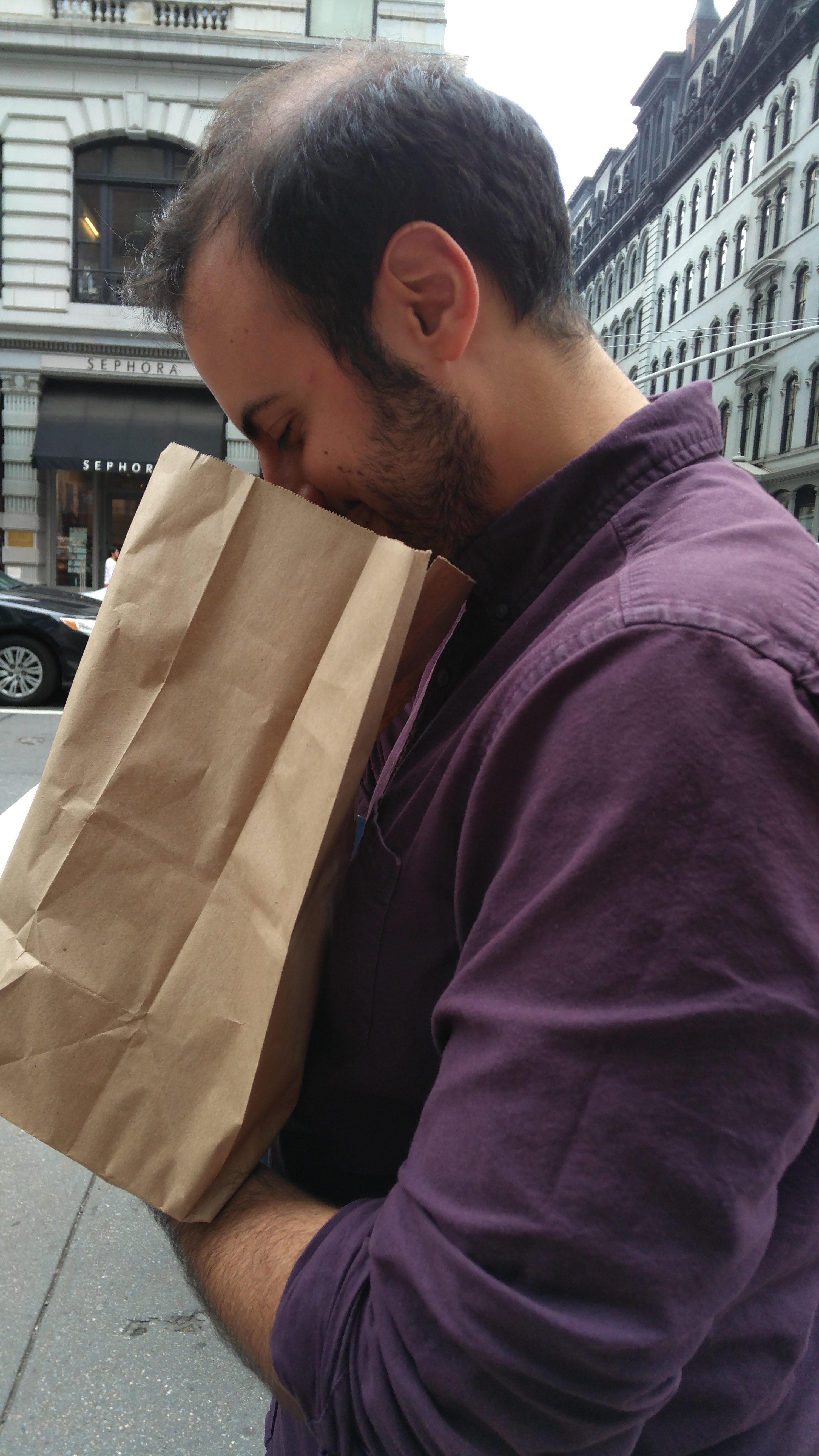
In low light, the Z9 also delivers. My editor's shots of Independence Day fireworks were stunning, as the camera ably exposed the scene to capture light trails in the night sky as well as people watching in the foreground without being over or underexposed.

I also liked its selfie cam, which accurately captured my peach-colored dress and light brown hair, and individual strands of hair looked crisp.

You'll get a whole host of functions in the camera, including Panorama, Time Lapse and Pro mode, which lets you set manual controls such as ISO light sensitivity, shutter speed and white balance. ZTE also offers an Object Removal mode on the Z9 to let you erase unwanted people or items that got in your scene.
Unfinished software
Running Nubia UI 3.0 on top of Android 5.0.2 Lollipop, the Z9 promises some nifty features to make life easier. The overlay gets rid of Android's traditional apps drawer, like Huawei's EMUI does, and puts all apps on the home screens, a la iOS. I like not having to go into a separate page to find my apps.
The Nubia Z9 also packs a Multi Window mode that splits the screen in half, so you can use two apps at once. But instead of resizing each app to fit in the frame, each window shows your whole phone's display flanked by black space, as if it were zoomed out to accommodate the length of the screen. This makes it ridiculously hard to read and navigate anything on either split-screened app.
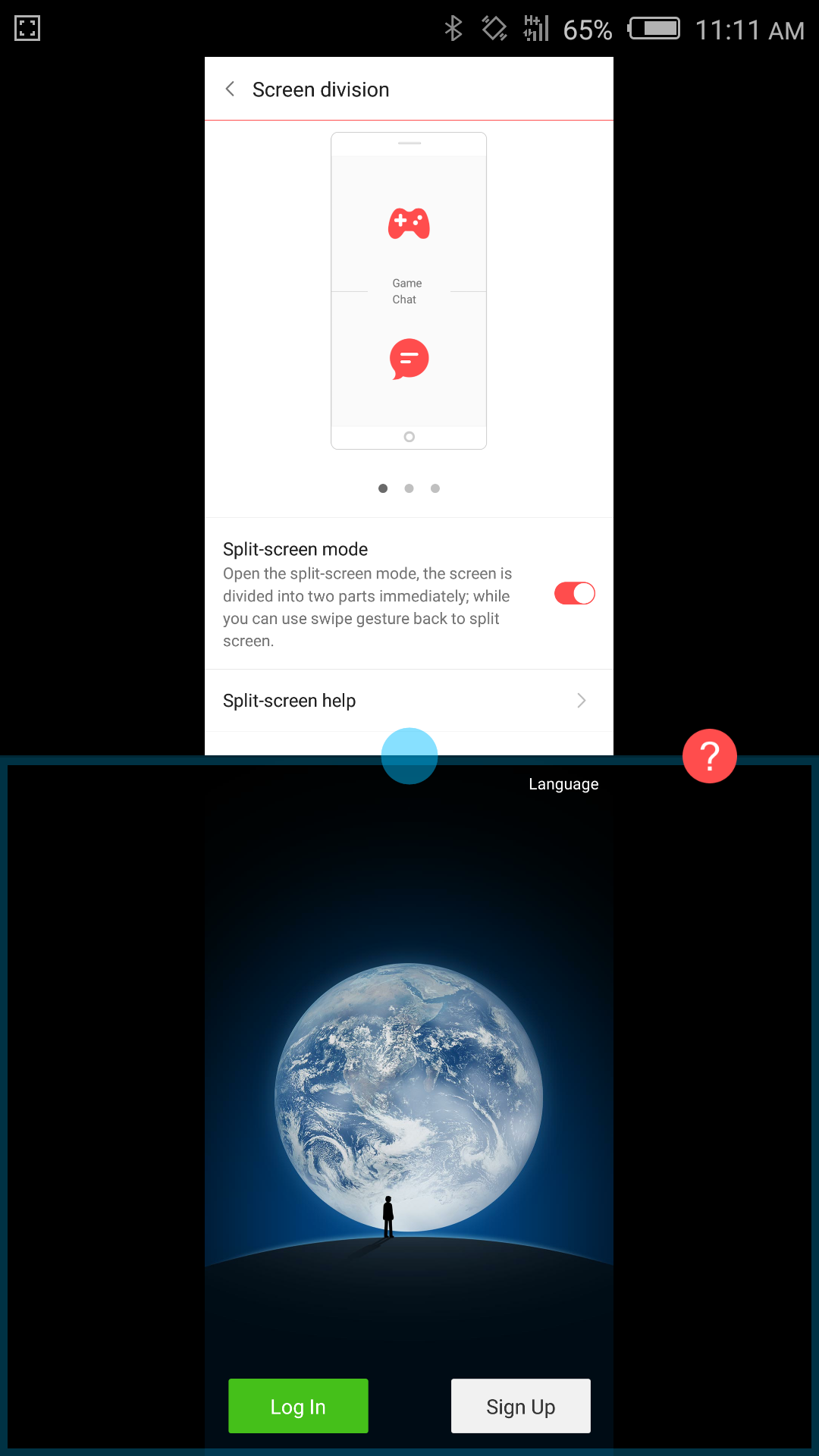
To be fair, the unit we received is far from final on the software front -- parts of the interface are in Mandarin, and when instructions are in English, they provide more fodder for Engrish jokes than actual guidance. The phone’s home screens are disorganized, with icons scattered about as if someone shook out the app drawer onto the phone.
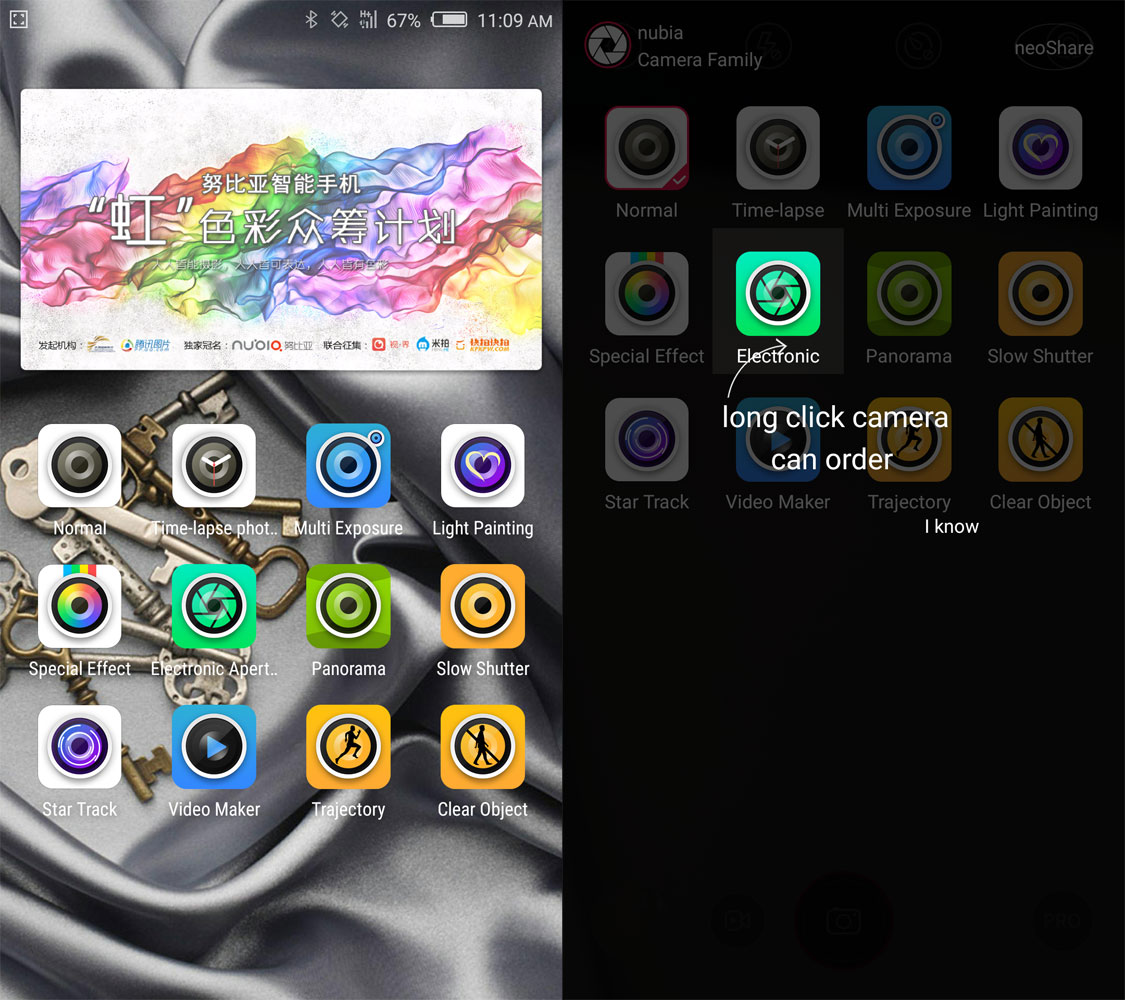
Swipe all the way to the left, and you get a grid of 12 different camera apps for different functions such as, "Time-lapse photo," "Multi Exposure," "Slow Shutter," "Clear Object" and "Special Effect." You'll also see the exact same grid of 12 cameras when you swipe left in the viewfinder of the device's native Camera app at the bottom right of the home screen. That's just clutter.
Hopefully, when the Nubia Z9 is ready for its public release, the software will be more coherent and sophisticated.
Performance and Battery Life
Scoring 2,940 on general performance test Geekbench 3, the Nubia Z9's 2.0-GHz octa-core Snapdragon 810 CPU is faster than the average smartphone (2,511). However, it’s slower than the Galaxy S6, which notched a whopping 5,120, as well as the LG G4 (3,493) and the Huawei P8 International version (3,334).
In real-world testing, I found the Z9 fairly zippy, with the phone responding quickly to edge swipes and apps launching swiftly.

The Z9 lasted just 6 hours and 4 minutes on our battery test, which involved continuous Web surfing at 150 nits. On the review unit we received, the phone never connected to AT&T’s LTE using our SIM card, instead offering only HSPA+ speeds. ZTE told us that the Z9 "theoretically (supports)" all LTE bands in the U.S., and did not explain why we were only getting HSPA+ in our neck of the woods.
Price and Availability
According to ZTE, three configurations of the Z9 will be available when it arrives stateside: the Classic model offers 3GB of RAM and 32GB of storage for $564, the Elite flavor ($645) has 4GB of RAM and 64GB of storage and the Exclusive version adds a fingerprint sensor to the Elite for $725. We tested the Classic.
Outlook
As it stands, the Nubia Z9 feels unfinished. I adore the phone's beautiful bezel-less design and novel edge gestures, and the 16-MP camera impresses. However, I'd like to see ZTE work on providing LTE compatibility and better software, as well as improve battery life. If the company delivers in those areas, the Z9 could very well be a solid flagship.
- How to Buy the Right Smartphone For You
- Our Favorite Cheap Unlocked Smartphones
- Cellphone Carriers: Customer Service Report Card
Staff writer Cherlynn Low writes about smartphones, wearables and apps. Follow her @cherlynnlow. Follow Tom's Guide at @tomsguide and on Facebook.
Sign up to get the BEST of Tom's Guide direct to your inbox.
Get instant access to breaking news, the hottest reviews, great deals and helpful tips.
Cherlynn is Deputy Editor, Reviews at Engadget and also leads the site's Google reporting. She graduated with a Master’s in Journalism from Columbia University before joining Tom's Guide and its sister site LaptopMag as a staff writer, where she covered wearables, cameras, laptops, computers and smartphones, among many other subjects.

